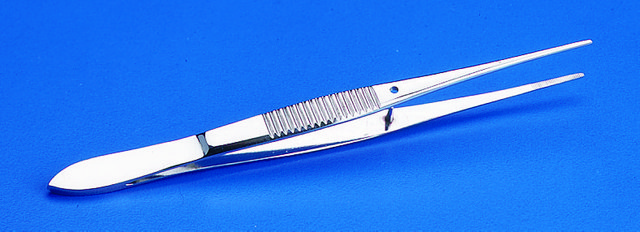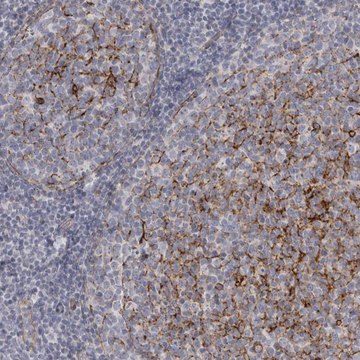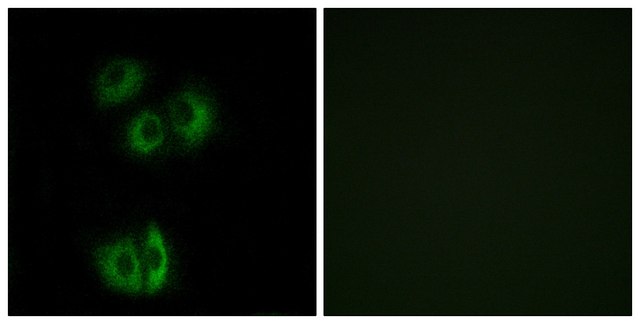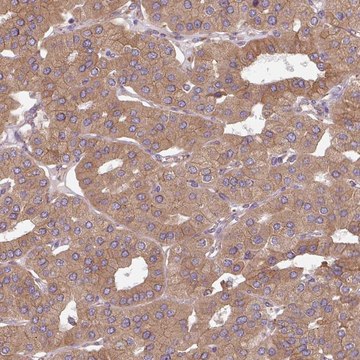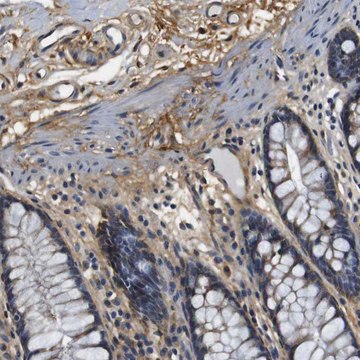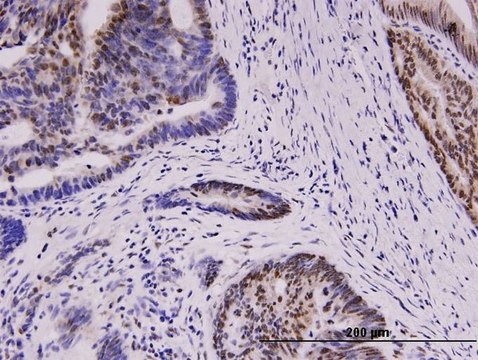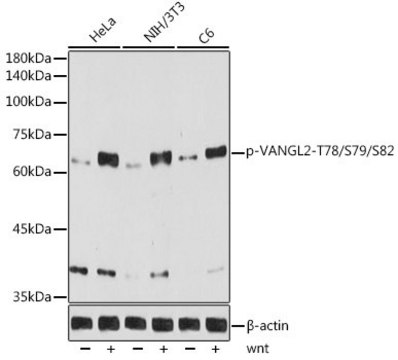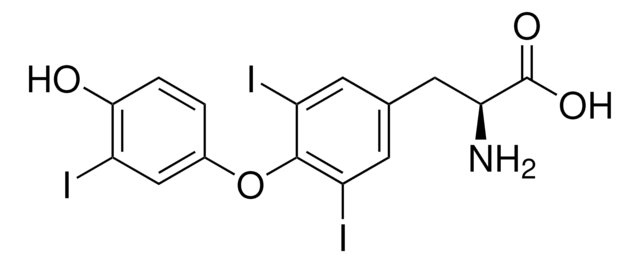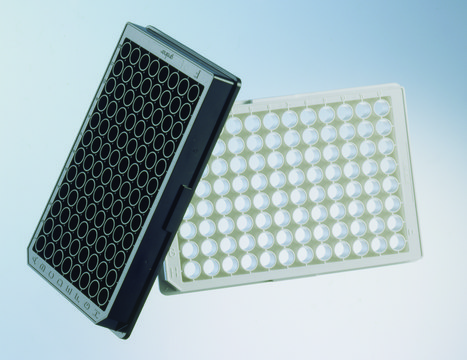MABN750
Anti-VANGL2 Antibody, clone 2G4
clone 2G4, from rat
Synonym(s):
Vang-like protein 2, Loop-tail-associated protein, Loop-tail protein 1, Strabismus 1, Van Gogh-like protein 2
About This Item
Recommended Products
biological source
rat
Quality Level
antibody form
purified immunoglobulin
antibody product type
primary antibodies
clone
2G4, monoclonal
species reactivity
human, mouse
species reactivity (predicted by homology)
rat (based on 100% sequence homology), bovine (based on 100% sequence homology)
technique(s)
ELISA: suitable
immunofluorescence: suitable
immunoprecipitation (IP): suitable
western blot: suitable
isotype
IgG2aκ
NCBI accession no.
UniProt accession no.
shipped in
ambient
target post-translational modification
unmodified
Gene Information
human ... VANGL2(57216)
mouse ... Vangl2(93840)
General description
Specificity
Immunogen
Application
Immunofluorescence Analysis: A representative lot detected VANGL2 immunoreactivity co-localized with that of VANGL1 at the cell membrane of the stereociliary hair bundles by fluorescent immunohistochemistry staining of 4% paraformaldehyde-fixed cochleae whole mount sections. A drastically reduced VANGL2 was observed in tissue sections from homozygous Vangl2 Looptail mutant (Lp/Lp) mice (Belotti, E., et al. (2012). PLoS One. 7(9):e46213).
Immunoprecipitation Analysis: A representative lot immunoprecipitated VANGL2, but not VANGL1, N-terminal fragment GST fusion, as well as endogenous VANGL2 from untreated, but not VANGL2 shRNA-treated SK-BR-7 human breast carcinoma cells (Belotti, E., et al. (2012). PLoS One. 7(9):e46213).
Western Blotting Analysis: A representative lot detected the endogenous VANGL2 as well as exogenously expressed yellow fluorescent protein Venus-tagged VANGL2 in transfected in MEC1 human chronic lymphocytic leukemia (CLL) cells (Kaucká, M., et al. (2015). Cell Commun Signal. 13:2).
Western Blotting Analysis: A representative lot detected VANGL2, but not VANGL1, N-terminal fragment GST fusion, as well as endogenous VANGL2 in lysate from untreated, but not VANGL2 shRNA-treated SK-BR-7 human breast carcinoma cells (Belotti, E., et al. (2012). PLoS One. 7(9):e46213).
Western Blotting Analysis: A representative lot detected higher VANGL2 expression in mouse brain and lung than kidney. A decreased cochlear VANGL2 expression was found among mice with heterozygous Vangl2 Looptail mutation (Lp), the decrease was even more pronounced among homozygous Vangl2(Lp/Lp) mice (Belotti, E., et al. (2012). PLoS One. 7(9):e46213).
Neuroscience
Quality
Western Blotting Analysis: A 1:500 dilution of this antibody detected VANGL2 in 10 µg of mouse brain tissue lysate.
Target description
Physical form
Storage and Stability
Other Notes
Disclaimer
Not finding the right product?
Try our Product Selector Tool.
Storage Class Code
12 - Non Combustible Liquids
WGK
WGK 1
Flash Point(F)
Not applicable
Flash Point(C)
Not applicable
Certificates of Analysis (COA)
Search for Certificates of Analysis (COA) by entering the products Lot/Batch Number. Lot and Batch Numbers can be found on a product’s label following the words ‘Lot’ or ‘Batch’.
Already Own This Product?
Find documentation for the products that you have recently purchased in the Document Library.
Our team of scientists has experience in all areas of research including Life Science, Material Science, Chemical Synthesis, Chromatography, Analytical and many others.
Contact Technical Service